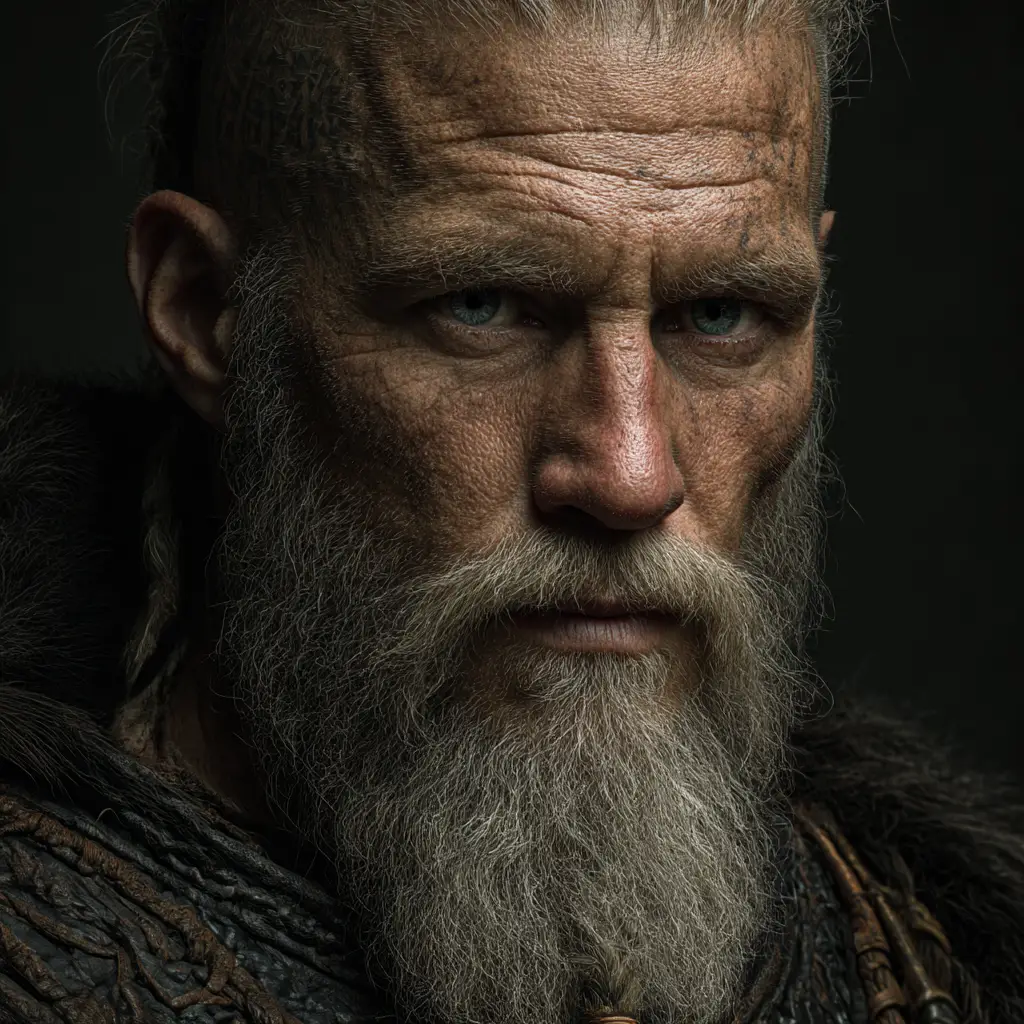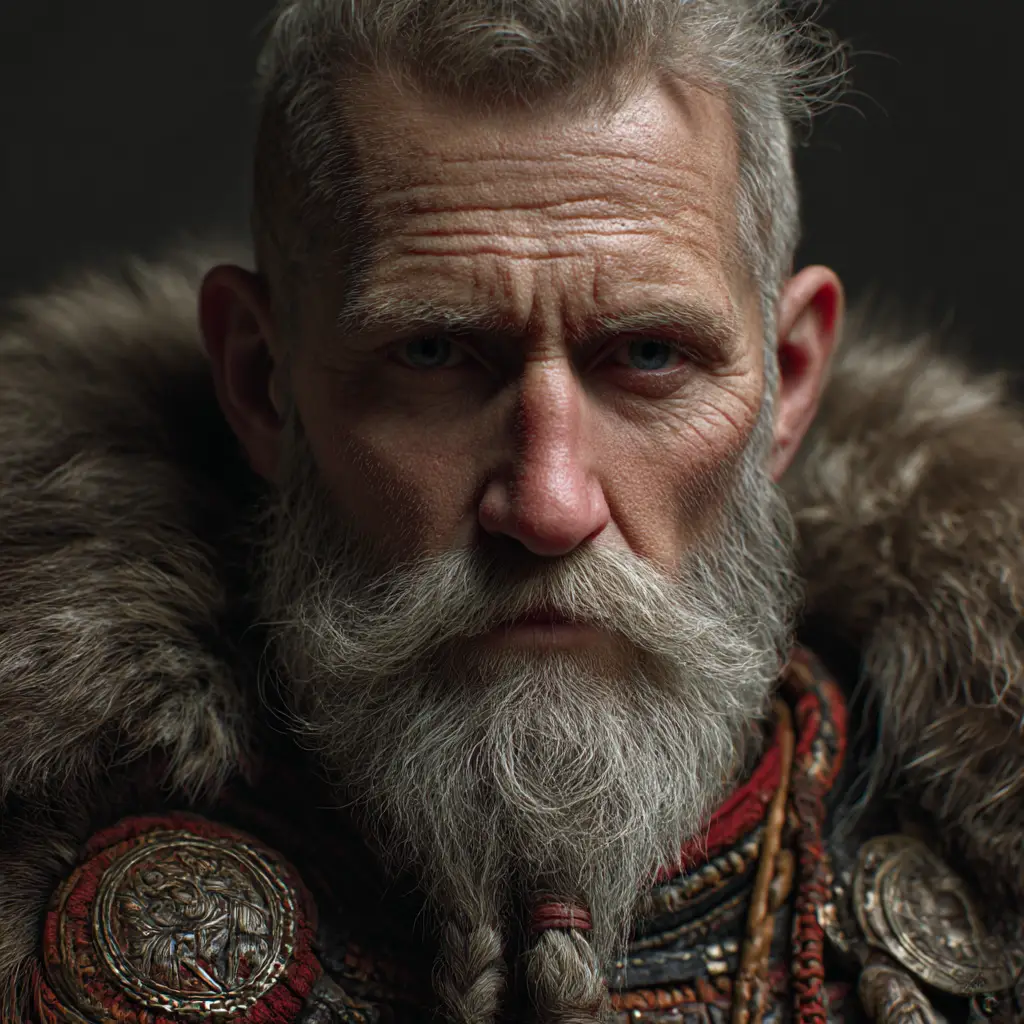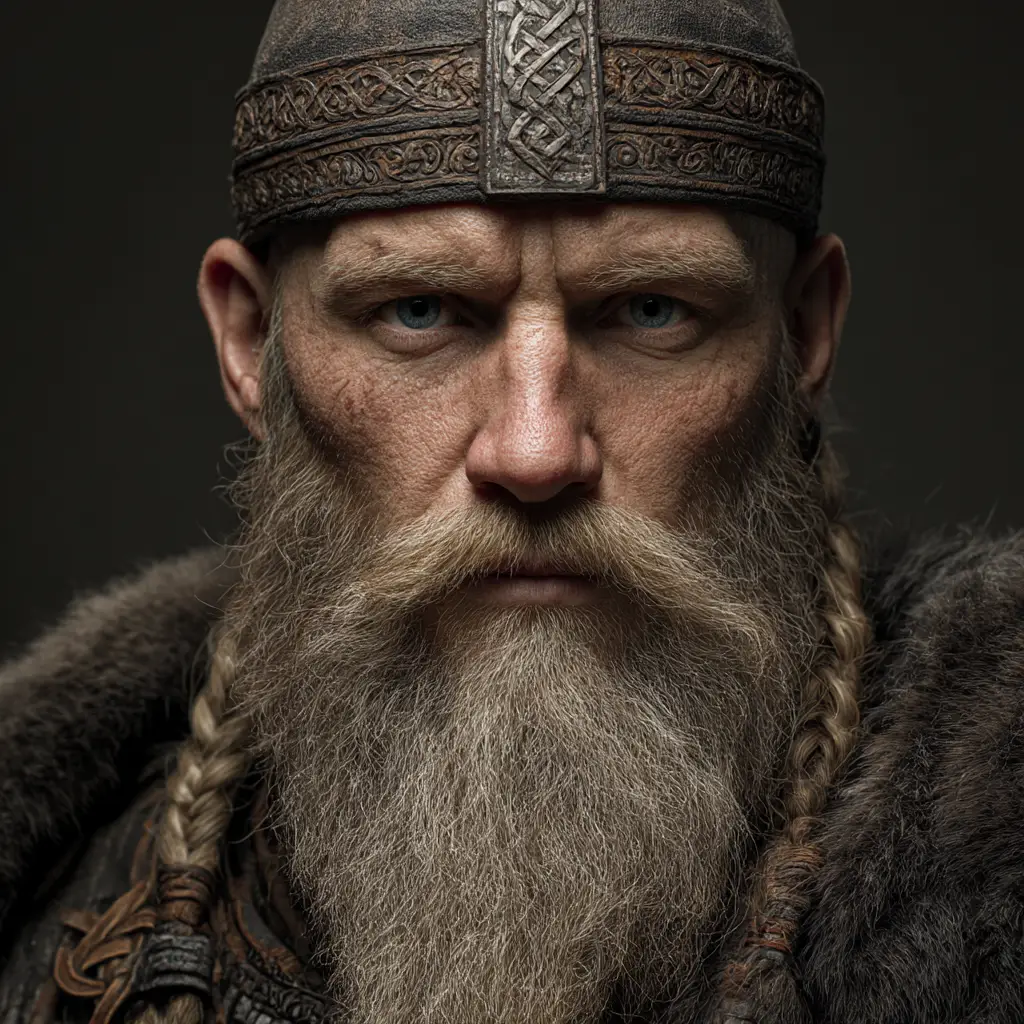Following the death of Rognvald Eysteinsson, the Earldom of Orkney passed to his son, Torf-Einar, one of the most influential early rulers in the islands’ Norse history. Torf-Einar earned his name from his mastery of peat cutting, a vital skill in the treeless Orkney landscape where peat served as the main source of fuel. His reign marked a period of consolidation, bringing stability to territories that had been loosely controlled since the first Norse settlements.
Torf-Einar established firm authority over the islands, extending influence through strength and strategic alliances. He is often credited with laying the foundations for the hereditary line of Norse earls who would govern Orkney for generations. The saga portrays him as resourceful, independent and unyielding, particularly in his conflict with Halfdan Long-Leg, a son of King Harald Fairhair of Norway. Einar’s victory over Halfdan not only avenged his father’s death but also secured Orkney’s semi-autonomous status, allowing the earls to rule with relative independence while still acknowledging the Norwegian crown.
Under Torf-Einar’s descendants, the Earldom became a powerful regional entity. His lineage continued through a series of complex successions marked by alliances, feuds and shifting loyalties between Norway and the emerging powers in Scotland. The saga recounts how these earls balanced Norse traditions with growing connections to the mainland, often navigating political and familial tensions that shaped the identity of the Northern Isles.
The descendants of Torf-Einar maintained the earldom’s importance as a maritime stronghold and cultural crossroads. Their rule connected Orkney to wider Viking activity across the North Atlantic, including the Hebrides, Shetland, and even Ireland. Over time, their authority evolved from purely Norse warrior leadership to a more hybrid Norse-Gaelic aristocracy, reflecting the changing world around them.
The Orkneyinga Saga preserves these stories not only as history but as legend, blending fact with tradition. Through Torf-Einar and his descendants, it depicts the emergence of Orkney as a distinct Norse realm, its rulers balancing ambition, kinship and survival in the harsh northern seas.


